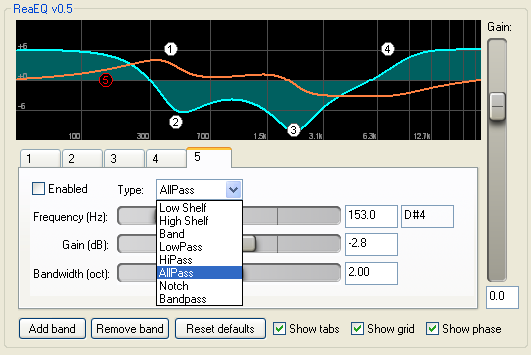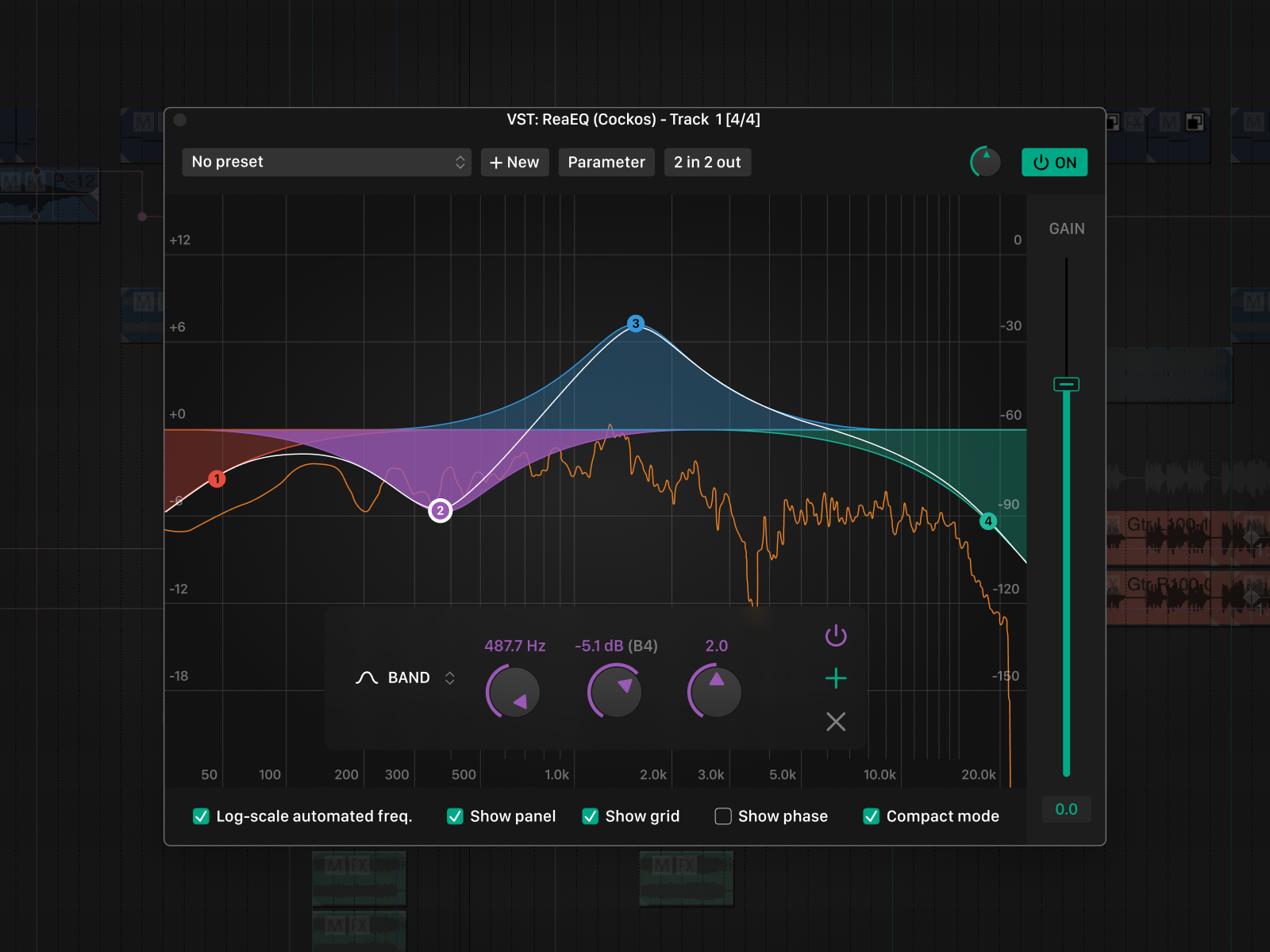
The only other thing you need to do is set the level itself, meaning the threshold that triggers the microphone unmute (and mute again).

What I would recommend is to increase the release value to >= 200 ms because lower values sometimes make the filter quite noticable (something you want to avoid). The UI of the ReaGate VST plugin when opened from OBS looks like this: The idea is that in between your words and sentences, only silence should be recorded (no birds or dog barking or traffic in the background).

It has configuration options to control how sensitively it triggers (attack) and how fast it cuts off once the signal stops (release). Noise GateĪ gate filter mutes your microphone when there is no foreground noise (your voice). For the Samson a value of -10 to -15 dB is more than enough, but for microphones with more noise it might be necessary to turn this up to -20 dB or even more. You may want to be careful with setting too low values to avoid subtle distortion of your audio, but the absolute value depends on your microphone and the boost level you need to get a good signal (if applicable). The lower the value, the higher the suppression. Its only option is to set the level itself. To cancel background noise, for example like fan noise or other minor noises, add the built-in "Noise Suppression" filter in OBS. In addition, I set the pad switch to 0 db and enable the high pass filter on the device itself. For the Samson in particular, I set the microphone levels to 100 in the recording devices section of the operating system. Before you start, make sure that you have set up your microphone correctly with Windows. However, I'll mostly focus on the ReaPlugs plugins. A typical filter chain that I would recommend is, in that order, the following:Įxcept for the equalizer, OBS has built-in filters for all of the above.
Reaplug vst license#
In its documentation on audio filters, they even link to the excellent ReaPlugs-Plugins, which at the time of writing still come with a license that allows free use. To my surprise, OBS supports quite sophisticated audio filter chains, including VST compatible filters. However, even if you're not willing to invest that much and stick with a more affordable solution, the following details will at least improve audio quality for any setup. If you really want to achieve great results, make sure that you get a decent microphone like this - it's actually a lot more expensive than back in 2011 (currently being sold for ~120€), but none of the below tips and tricks will bring you anywhere near even its raw unprocessed quality if you are using a cheap headset or laptop microphone. I've been using this for more than 7 years, and it still provides excellent quality. I'm still using my Samson C03U microphone for recording audio. : Updated to include more details about reasonable video settings, and a non-standard transcoding setup. Just to be clear on the scope of this post: I focus on the recording side of things (meaning to produce on demand/offline content) the video encoding details I describe here are particularly irrelevant for streaming scenarios.


What I want to provide is two things to help you improve using OBS Studio for your screencasts: a) Some configuration advise to set you up for an excellent audio experience, and b) a set of recommendations to get the best quality for your screencasts while keeping the filesize at an absolute minimum.
Reaplug vst software#
I won't bore you with another "getting started" guide for this software here-a great amount of good alternatives are out there already.
Reaplug vst professional#
Overall, using it was a great experience right from the beginning, and it left a very professional first impression on me. It also seems to have a large community that posts in their forums, publishes guides and creates plugins for the software. OBS Studio is open source ( see GitHub) and very actively maintained. Coincidentally I remembered that a friend of mine recommended Open Broadcaster Software (or "OBS Studio" for short) recently for streaming and recording, so I decided to take it for a ride and see if it would be able to replace my current tool chain. In the past, I've recorded a lot of tutorials and screencasts, however the tools I typically use are not quite state of the art anymore (Expression Encoder, for example, is part of my workflow).
Reaplug vst code#
This week, I spontaneously wanted to record a code review as a screencast to watch offline for others.


 0 kommentar(er)
0 kommentar(er)
